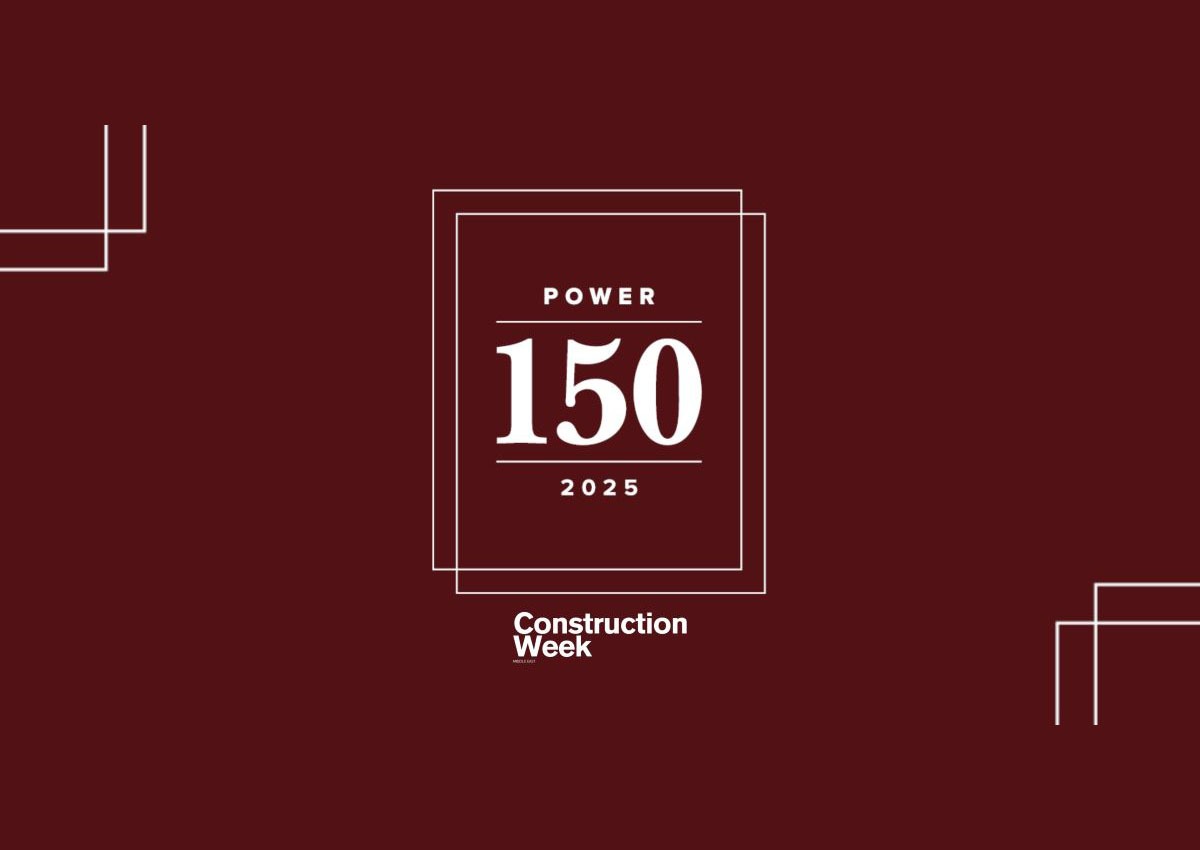03 June 2025
Designing the Cities of Tomorrow: Kourosh Salehi Shares Masterplanning Insights in BNC Exclusive
As part of BNC’s ongoing Leadership Interview Series, Kourosh Salehi, Global Design Principal at LWK + PARTNERS, sat down for an in-depth conversation reflecting on a career dedicated to shaping the urban identity of regions in transformation.
With over 25 years of experience across the Middle East, Asia, and Europe, Salehi’s leadership has been instrumental in delivering iconic projects like the Islamic Library of Makkah, Qetaifan Island North, and the Sky Garden Bridge in Dubai. In this candid Q&A, he offers a rare window into the evolving role of design leadership in high-growth urban markets and how LWK + PARTNERS is future-proofing its approach to masterplanning, delivery, and innovation.
From Vision to Reality: Navigating Complexity
Salehi speaks to the nuances of large-scale urban development in the Middle East, where accelerated timelines, diverse stakeholders, and evolving regulatory environments challenge architects to go beyond design—to act as cultural interpreters, coordinators, and storytellers.
“Design intent is not a drawing—it’s a philosophy. To maintain it through the construction lifecycle, you need more than design skill; you need empathy, trust, and clear communication.”
From mixed-use megaprojects in the GCC to infrastructure research with Dubai’s RTA, his portfolio reflects a commitment to aligning public value with design innovation—without compromising execution quality.
Embracing Technology with Purpose
As cities become smarter and denser, the integration of AI, BIM, modular construction, and digital twin strategies has become core to LWK + PARTNERS’ regional strategy.
“AI isn’t replacing design—it’s amplifying it. When used with purpose, it strengthens decision-making, speeds up coordination, and enhances sustainability.”
Salehi outlines how the firm’s custom Common Data Environment (CDE) platform ensures transparency and coherence across multi-stakeholder projects—bridging the gap between concept, collaboration, and construction.
Shaping the Next Frontier: Techno-Industrial Cities & Beyond
Among the most visionary initiatives discussed is the blueprint for a techno-industrial city—a 100-year urban plan currently in its conceptual phase. The project aims to integrate advanced mobility, smart infrastructure, and cultural resilience into a sustainable and inclusive urban framework.
Closer to completion, Salehi highlights the DIFC Living project, now under construction in Dubai’s Innovation Hub, as a model of place-responsive design, merging residential, office, and retail into a high-performing live-work ecosystem.
On Leadership and Legacy
For Salehi, design leadership is not about ego, but about empowering teams, fostering cross-cultural dialogue, and championing inclusive, human-centered cities.
“My goal is simple: to create environments where people feel they belong—whether it’s our clients, our collaborators, or the communities we build for.”
As urban development in the Middle East continues to evolve at unprecedented pace, leaders like Salehi remind us that the future of architecture is both technological and deeply human.
Read the full interview on BNC Network: Link



